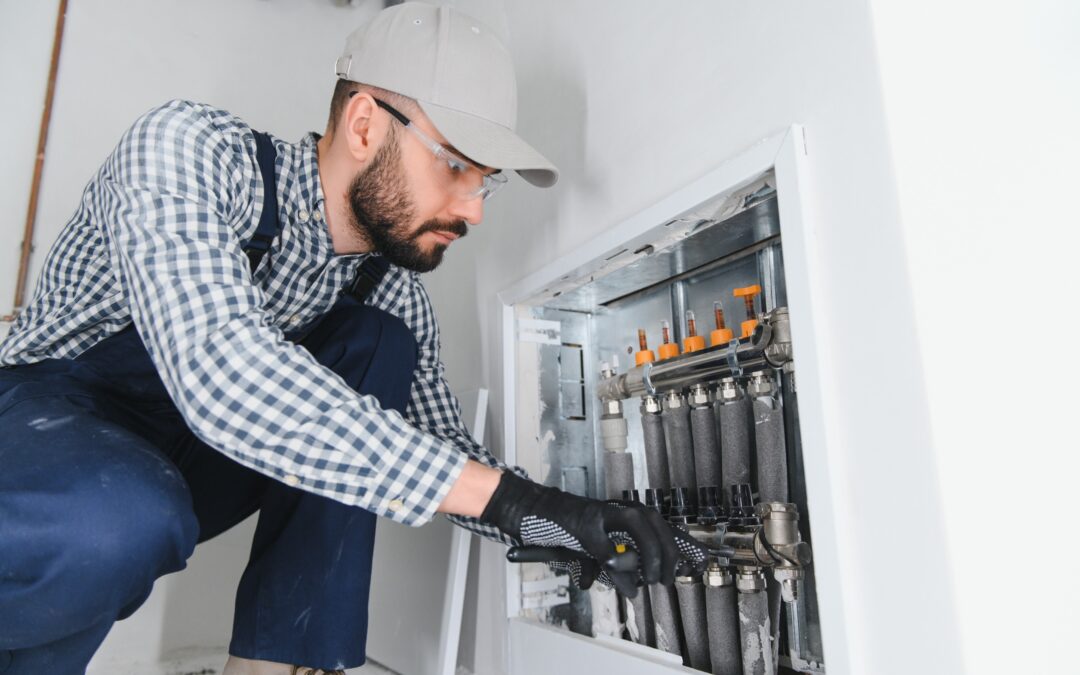Keeping your furnace in top condition isn’t just about comfort—it’s about safety. A malfunctioning furnace can lead to dangerous issues such as carbon monoxide poisoning, fires, and system breakdowns that leave you in the cold. To avoid these hazards, it’s essential to stay proactive in ensuring your furnace is running safely and efficiently throughout the colder months.
Let us go through a complete guide to furnace safety tips every homeowner should know.
Schedule Regular Maintenance
Professional inspections and tune-ups help identify potential problems before they escalate into major safety concerns. During these inspections, a technician will assess key components, such as the heat exchanger, gas lines, and electrical connections, to ensure they are functioning properly. Addressing issues early not only improves safety but can also extend the lifespan of your furnace, potentially saving you money on future repairs.
Change Filters Regularly
Dirty filters restrict airflow, making your furnace work harder to heat your home. Over time, this can lead to overheating, which poses a fire risk. Additionally, clogged filters may also cause the furnace to shut down unexpectedly, leaving you without heat during critical times.
It’s a good practice to check and replace your furnace filters every 1-3 months, depending on usage and the type of filter. This will keep your furnace safe and improve indoor air quality by trapping dust, pollen, and other contaminants.
Keep the Area Around Your Furnace Clear
Furnaces generate heat, which means they need space to operate safely. It’s important to keep the area around your furnace free from clutter and flammable materials. Items like boxes, cleaning supplies, or clothing can easily catch fire if stored too close to the furnace.
Ensure there’s at least a 3-foot clearance around your furnace. This allows adequate airflow and reduces the risk of fire.
Install Carbon Monoxide Detectors
Carbon monoxide is a silent, invisible threat that can leak from a faulty furnace or blocked exhaust vent. Since carbon monoxide is odorless and colorless, homeowners need to rely on carbon monoxide detectors to alert them to its presence.
Install detectors on every level of your home, especially near bedrooms. Test them monthly and replace batteries regularly. If they sound, evacuate immediately and call for help. This simple step can protect your family from carbon monoxide poisoning.
Inspect Your Ventilation System
Your furnace exhausts harmful gases like carbon monoxide through vents, so it’s crucial to keep these vents clear and unobstructed. Blocked or damaged vents can cause gases to back up into your home, creating serious health risks.
Take time to inspect your furnace vents for any blockages, such as leaves, snow, or debris. If you notice any signs of rust, damage, or blockage, have a professional inspect and repair the venting system as soon as possible. A clear and functional venting system ensures that dangerous fumes are safely expelled from your home.
Test Your Thermostat
The thermostat is your furnace’s control center. If it malfunctions, it can lead to improper heating cycles that may strain your furnace or cause it to overheat. Regularly testing your thermostat assures that it’s communicating correctly with your furnace.
To test your thermostat, set it a few degrees higher than the current temperature. If the furnace doesn’t respond or cycles too quickly, there may be an issue with the thermostat or furnace. Consider replacing or recalibrating the thermostat to ensure safety.
Ensure your heating system is ready for the winter. At Tom’s Heating Service, we are your reliable partner in furnace installation, repair, and maintenance. Contact us for more information.

